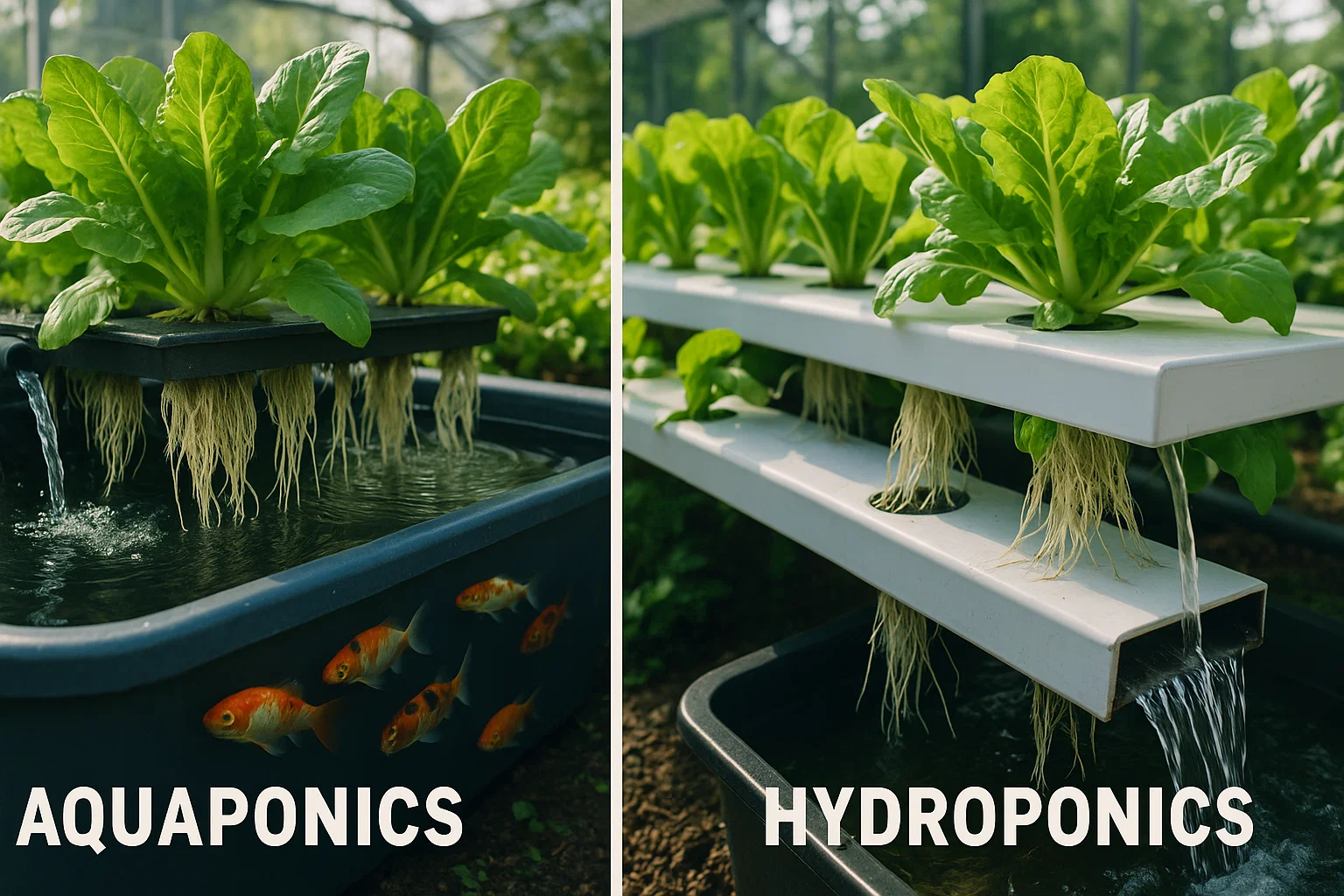Investing in Fisheries global appetite for seafood is growing steadily. With a rising population and increasing disposable income, particularly in developing nations, the demand for fish protein is projected to climb even higher. This presents a significant opportunity for investors interested in the fisheries sector. However, the industry faces challenges that need to be considered before taking the plunge.
This comprehensive guide explores the investment landscape of fisheries, delving into its potential, risks, and various investment avenues.
Contents
Understanding the Fisheries Sector
Investing in Fisheries sector encompasses a broad range of activities, primarily divided into two categories:
- Capture fisheries: This involves the harvesting of fish from wild stocks in oceans, rivers, and lakes. It’s a traditional method with a long history, but faces issues like overfishing and dwindling resources.
- Aquaculture: This involves the farming of fish, shellfish, and other aquatic organisms in controlled environments. Aquaculture is a rapidly growing segment due to its ability to meet rising demand with a more sustainable approach.
Investment Opportunities in Fisheries
Investing in Fisheries sector offers a diverse range of investment opportunities across the entire value chain, from catching or raising fish to processing, distribution, and retail. Here’s a breakdown of some key areas:
- Aquaculture: Investing in aquaculture farms that raise popular fish species like salmon, shrimp, and tilapia can be lucrative. Technologies like recirculating aquaculture systems (RAS) that minimize environmental impact are particularly attractive for investors with a sustainability focus.
- Processing and packaging: Companies involved in processing, packaging, and value-adding activities like filleting or creating ready-to-eat meals present good investment options.
- Seafood distribution and retail: Businesses involved in transporting and selling seafood offer opportunities for investment, especially in regions with growing demand.
- Supporting industries: Companies that provide equipment, feed, and other essential supplies to the fisheries sector can also benefit from the industry’s growth.
Factors to Consider Before Investing
Investing in Fisheries ,While the fisheries sector holds promise, there are several factors to carefully evaluate before making an investment:
- Sustainability: Overfishing is a major threat to the industry’s long-term viability. Look for businesses that prioritize sustainable fishing practices and responsible aquaculture methods. Certifications like the Marine Stewardship Council (MSC) can help identify sustainable operations.
- Regulations: The fisheries sector is heavily regulated to manage fish stocks and ensure environmental protection. Understanding the regulatory environment and compliance requirements is crucial.
- Disease outbreaks: Diseases can devastate fish populations and aquaculture farms, leading to significant financial losses. Invest in companies with robust biosecurity measures in place.
- Market fluctuations: Seafood prices can be volatile due to factors like weather patterns, consumer preferences, and competition from imports. Diversification across species and markets can mitigate this risk.
- Climate change: Climate change is impacting fish stocks and causing ocean acidification, which can harm certain species. Invest in companies that are adapting to these challenges.
Investment Approaches in Fisheries
There are several ways to invest in the fisheries sector, catering to different risk appetites and investment goals:
- Publicly traded companies: Several publicly traded companies operate across various segments of the fisheries sector. Investors can buy shares in these companies through stock exchanges.
- Private equity: Private equity firms may invest directly in established fisheries businesses or aquaculture farms, offering potentially higher returns but with greater risk and illiquidity.
- Venture capital: Venture capital firms may invest in early-stage companies developing innovative technologies or solutions for the fisheries sector, offering high potential returns but with a high degree of risk.
- Seafood-focused funds: Investment funds specializing in the fisheries sector can offer investors exposure to a diversified portfolio of fisheries businesses.
The Future of Fisheries Investment
The future of fisheries investment hinges on sustainability. Consumers are increasingly demanding responsibly sourced seafood, and regulations are likely to become stricter. Investing in Fisheries Businesses that prioritize sustainable practices, technological innovation, and responsible sourcing will be best positioned for long-term success and attract investment.
Additional Considerations
- Location: Investing in fisheries companies operating in regions with strong governance and sustainable fishing practices can be advantageous.
- Social impact: Consider investing in companies that contribute positively to local communities and support the livelihoods of fishermen.
- Technology: Technological advancements in areas like aquaculture, traceability, and processing can create new investment opportunities.
Conclusion Investing in Fisheries
Investing in fisheries can be a rewarding venture, offering exposure to a growing sector with the potential for good returns. However, careful due diligence is essential to understand the inherent risks and ensure alignment with your sustainability values. By considering the factors mentioned above and choosing the right investment approach, you can navigate the opportunities and challenges within the fisheries sector.









